|
Settled in the early 1830s, Camp Hill was primarily focused on agriculture in the mid-nineteenth century, but like many small towns in Alabama, it experienced growth and change when the Savannah and Memphis Railroad arrived in 1870. The town was incorporated in 1895. Camp Hill’s downtown shops held numerous stores and businesses, including dry goods stores, a pharmacy, a post office, clothiers, a furniture store, theaters, banks, dining, and fueling stations. African American businesses were housed in the basements of some buildings and accessed through a service road in the back. Once passenger trains ceased operations in the 1970s, the commercial center of town began to see a decline in population, and many downtown businesses closed.
1 Comment
In 1917, Jacob W. Williams arrived in the Hope Hull community and established a school for Black children. Under the leadership of the Negro Community Trustees Board, the school operated in the old Pythian Masonic Hall. However, overcrowding in the hall dictated the need for a separate schoolhouse. The school board required fifteen acres to build a school, and local citizens worked diligently with education officials to raise funds to purchase the first five acres from Dr. William Tankersley, a member of the Montgomery County Board of Education at the time. Citizens then acquired the additional ten acres that adjoined the original acreage. The Black community provided $1,500, the public $2,800, and the Julius Rosenwald Fund $1,000. In 1922, the community successfully constructed the two-teacher-type Tankersley Rosenwald School for Black children in grades one through six. The school served the community until 1967, when the board of education closed it due to integration. The school was listed in the Alabama Register of Landmarks and Heritage on June 13, 2003, and in the National Register of Historic Places on January 22, 2009.
Old Munford High School is in the heart of Munford. Construction began in 1922, and the original two-story section features a beautiful rock cladding. Additional sections were added in 1934 and 1942 due to an increase in the school’s population. In 2001, the school’s interior underwent renovations, and windows were replaced. The Talladega County Board of Education transferred ownership to the town of Munford in 2008. The former lunchroom now serve brings new life into its walls. The Munford community values the old school and is committed to its preservation.
The Ackerville Baptist Church of Christ congregation joined the Bethlehem Association of Baptist Churches in 1844 with twenty-eight members. Membership had risen to seventy-nine by 1847, and in 1848, the church completed construction of a church in Oak Hill. The nearby community of Ackerville experienced greater growth after the Civil War and the congregation decided to relocate. In 1866, the church was taken apart piece by piece and reassembled in its current location. The years between 1850 and 1894 were fruitful ones for the church, with membership rising to 103, but by 1920, membership had begun to decline. In 1943, membership had dropped to sixteen, and the church ceased regular meetings.
Constructed in 1915, the Tanner Williams Old School-house is in the heart of the rural community of Tanner Williams in Mobile County. In July 1914, the Mobile County School Board of Education recommended that a school be built for the consolidation of the Tanner School and the Williams School. J. J. Tanner donated the land and constructed the school building. Workers also dismantled a portion of the former Williams School and rebuilt it on the new site.
|
Alabama's Endangered Historic LandmarksEach year since 1994, Alabama Heritage has highlighted threatened historic sites throughout Alabama. The “Places in Peril” list has identified more than 215 imperiled historic resources throughout the state, and is compiled by the Alabama Historical Commission and the Alabama Trust for Historic Preservation. The locations highlight the results of deferred maintenance, perceived obsolescence, development pressures, and lack of funding—forces that now more than ever threaten our cultural legacy. But awareness is a powerful force, too, and can cultivate a renewed determination to be responsible stewards of our heritage. For more information, visit the AHC or the ATHP websites. Alabama Heritage is proud to bring to you a selection of the places designated as perilous. Please keep your comments to information relevant to the featured place in peril. Alabama Heritage reserves the right to delete any comment that we deem inappropriate. Archives
May 2024
|
|
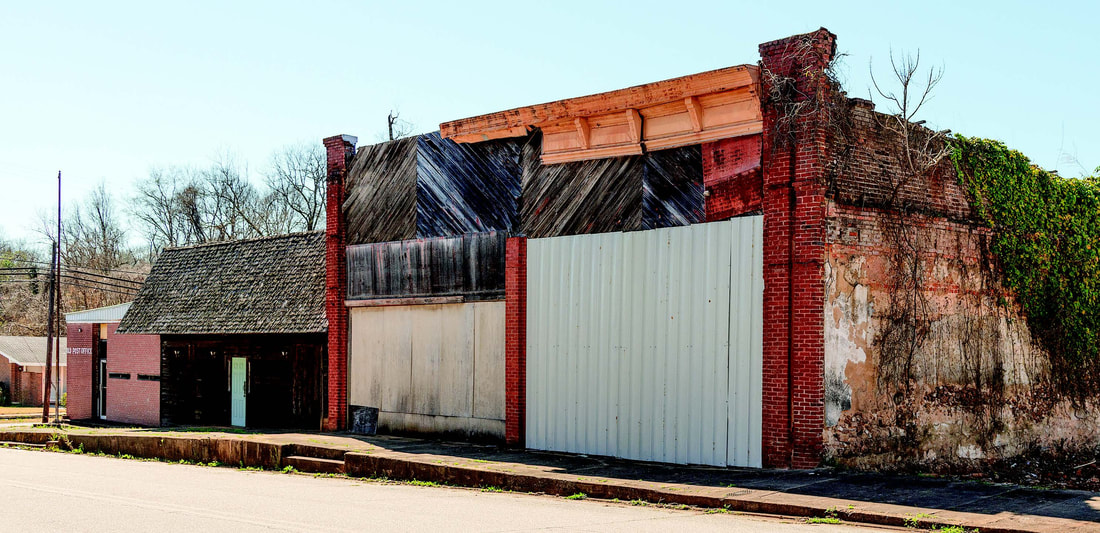
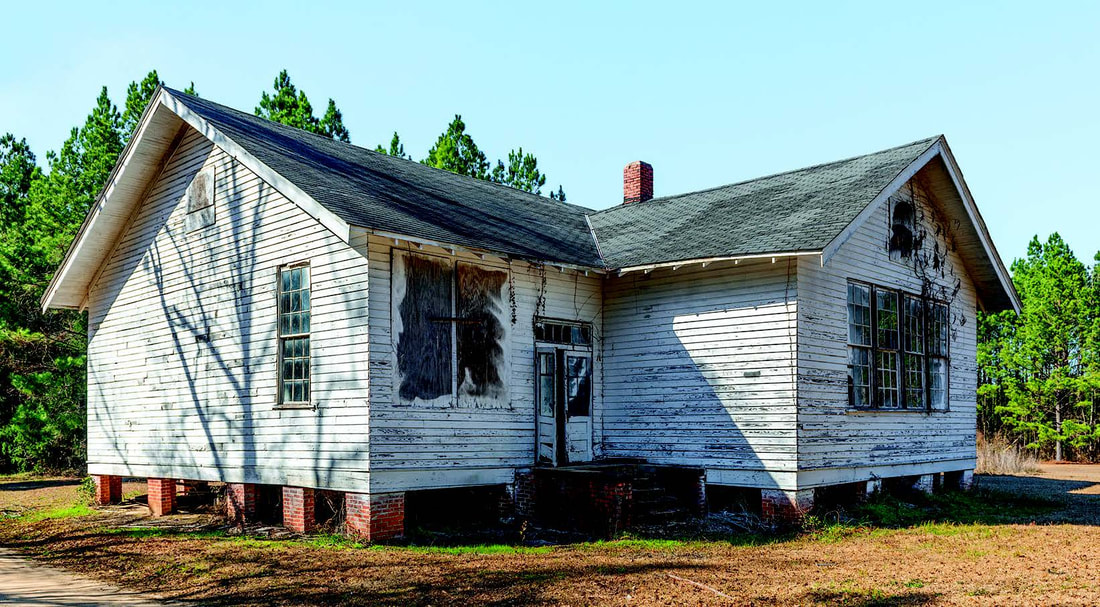
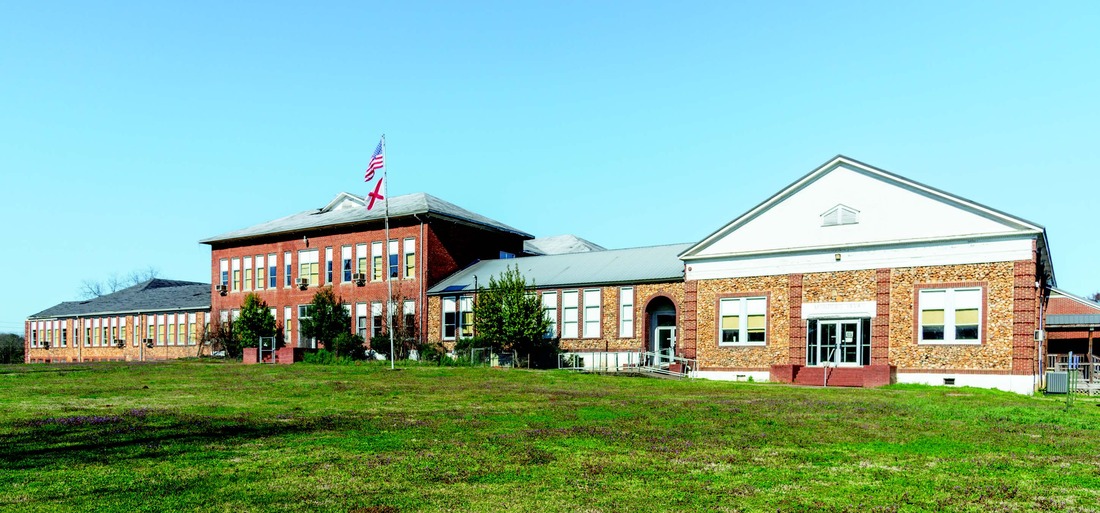
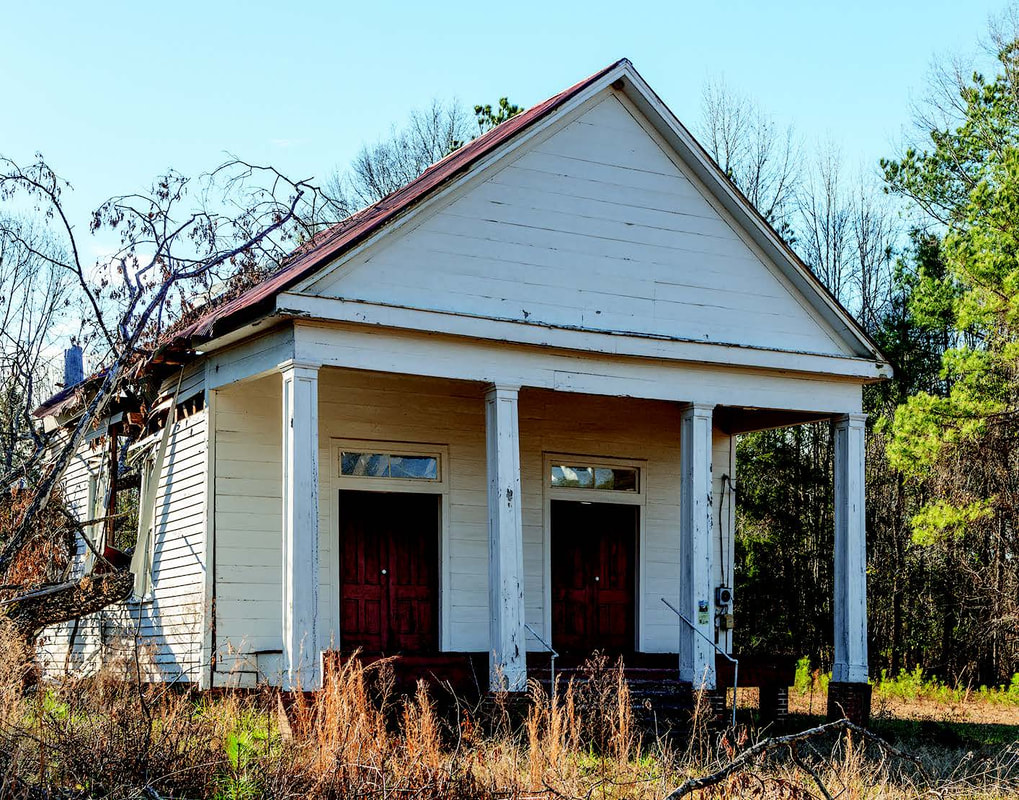
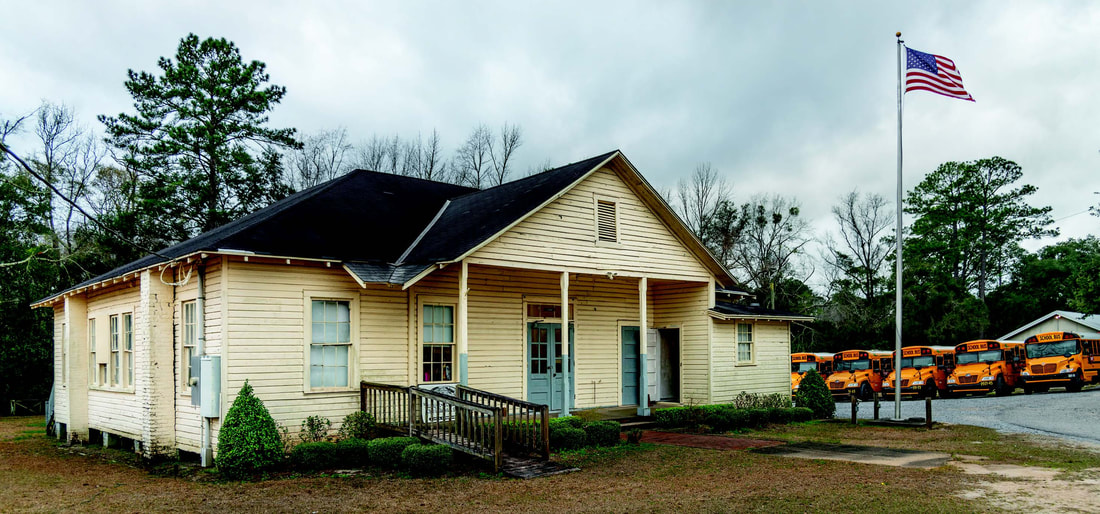

 RSS Feed
RSS Feed